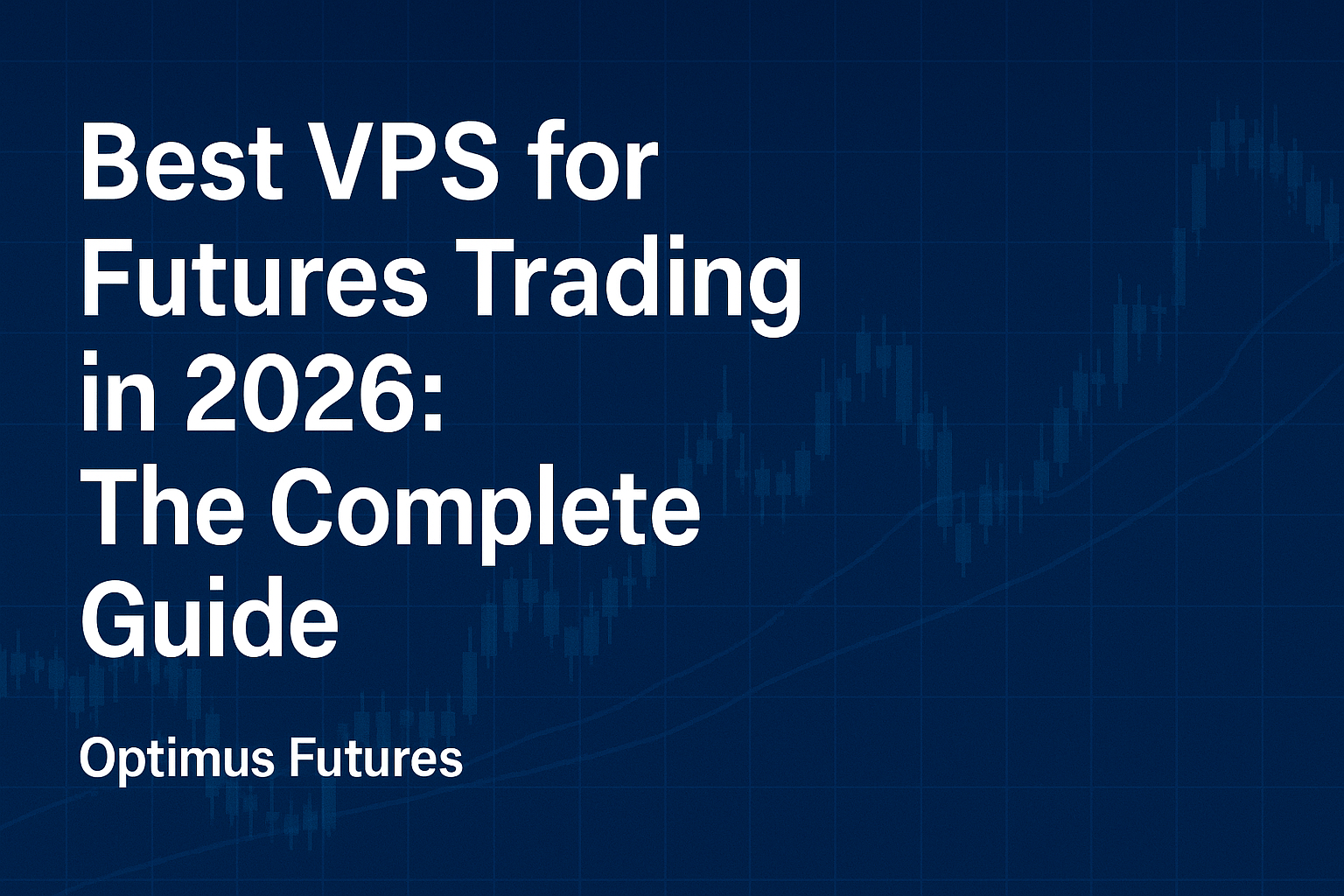Indicator Trading Vs Price action
The question regarding whether you should use price action only or rely on indicators when making trading decisions is probably among the most controversially discussed trading topics. At the same time, there are many misconceptions around this topic that keep traders from making the right decisions for their own trading. In this article, we discuss the pros and cons of Indicator Trading vs Price Action trading and we debunk some of the most commonly shared myths.
Are indicators lagging?
The number one argument of price action traders is that indicators are lagging. But why is this not true and what do some traders miss here?
It’s important to understand that indicators and price action is really not different. Indicators take the price action information you see on your charts and then perform calculations based on that information. Thus, the indicator shows you exactly what you also see on your charts; it does not add or take away any of the price action information.
However, both, indicators and price action can be seen as lagging. A pin bar is only visible after it has formed and unless you see the second shoulder of your Head and Shoulders formation, the price formation hasn’t yet been fully formed either. Thus, price action is lagging in the sense that you can only see it on your charts after it has formed and been confirmed. Just like your indicator can only turn once price has turned.
Tip: When you believe that indicators are too slow, simply change the period setting and the problem is gone. The reason why traders believe that their indicators are lagging is because they often use a period setting that is too high.
Indicators provide clear-cut signals
Here is where indicators have a major advantage over price action. Indicators provide clear and non-subjective signals. When you see that the RSI is over 70, there is little room for debate about its value. And when your Stochastic is showing a divergence, you can’t just say that there is none.
On the other hand, price action signals are often very hard to interpret. The size and the quality of price action signal are subjective and you always have to put it into the overall context. Furthermore, the way you draw your lines is also very personal and it’s more of an art than science.
Overbought doesn’t work?
Another common argument of price action fanatics is that indicators provide wrong signals and then they refer to long and strong trends and indicators that show overbought signals during those trends.
When you are using indicators, it’s important to understand when certain indicators apply. In the case of long trends, using oscillators (such as the RSI or the Stochastic) is wrong. The same is true when it comes to using oscillators during trending markets.
However, when you understand the tools that you are using and when you know when certain indicators perform best, they can be a great addition to your arsenal.
The next time you see someone blame an indicator for providing a wrong signal, check to see if the person knows how to use indicators in the first place.
| Range Indicators | Momentum and trend indicators |
| Stochastic | Bollinger Bands |
| RSI | MACD |
| CCI | Moving average |
| MACD for some part | ADX |
| Bollinger Bands | Ichimoku |
Price action, amateurs and herd mentality
The main problem of price action traders is that their signals are often very obvious. When the majority of price action traders is entering positions after a very obvious pin bar, the professionals know that and it becomes very easy for them to squeeze those traders.
The next time you see a textbook price action pattern, look at how price moves around the pattern. Often, those are the hardest to profit from. The old saying “it’s too good to be true” applies here perfectly.
Messy vs. clean charts and a lack of orientation
Another famous objection of price action traders is that indicator charts are “too messy” and that it’s hard to see “what’s really going on.”
However, many indicator traders report the opposite problem. When you are trading with empty charts, it’s very easy to feel lost and making decisions becomes harder because you are lacking reference points.
While you have to make sure that you avoid the state of paralysis by analysis, you also have to make sure that you feel comfortable making trading decisions and not feel lost by looking at empty charts.
The best of both worlds
In the end, there is no right or wrong when it comes to deciding between price action or indicator trading. It’s very common to see that people who are strong advocates of either one style lack an understanding of how to apply trading concepts the right way.
Even the professional traders make use of both, indicators and price action tools. For example, when you read the market wizards series, you’ll see that trading legends such as Marty Schwartz use a combination of indicators and price action.
Do you think indicators are helpful? Do you prefer to trade Price Action only? Please share your experience with us…we truly want to know what worked best for you.
There is a risk of loss in futures trading. Past Performance is not indicative of future results.



